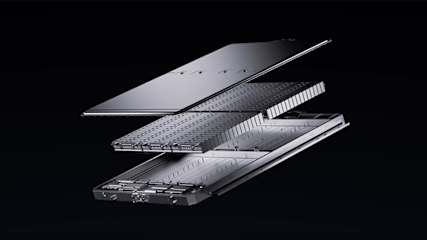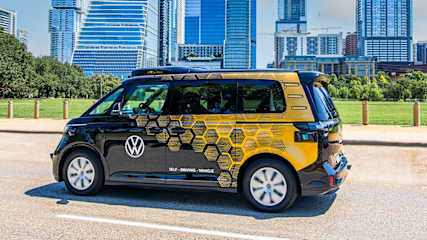Sub-$40,000 electric small SUV is here: 2025 Hyundai Inster price and specs detailed for Australia as the BYD Dolphin, GMW Ora and MG4 meet their newest rival
By Samuel Irvine · 16 Apr 2025
Hyundai has detailed pricing and specifications for the Inster small electric SUV, as order books officially open around the country.Starting at $39,000 before on-road costs, the Inster is more expensive than Chinese rivals such as the GWM Ora ($35,990 drive-away), MG MG4 ($37,990 before on-road costs) and BYD Dolphin ($29,990 before on-road costs), though it does carry an array of standard equipment in return.At just 3825mm long, 1610mm wide and 1575mm tall, with a wheelbase of 2580mm, the Inster is at least 400mm shorter than its nearest rival, the Ora. That said, it is slightly taller than the MG4 and Dolphin, while it's longer between the wheels than all three.The Inster will arrive in three trims: the entry-level Standard Range, the mid-spec Extended Range and the top-of-the-line Inster Cross.Two battery options will be made available. On the Standard Range that includes a 42kWh lithium-nickle-manganese-cobalt (NMC) battery that offers 327km of driving range. Power and torque, meanwhile, are claimed at 71kW/147Nm, with power being sent to the front wheels through a single electric motor mounted to the front axle.A range-wide 120kW DC fast charging capability sees the Inster’s battery replenished from 10 to 80 per cent in 30 minutes, while an AC charge rate of 10.5kW sees a full charge take up to four hours and 35 minutes.The Standard Range will carry 15-inch alloy wheels, LED headlights and daytime running lights, rain-sensing wipers, a glossy black radiator grille, silver skid plates on the front and rear and tinted glass across the car.Inside, there is a standard four-seat configuration with a driver’s bench seat. It has six-way manual adjustments and recycled cloth upholstery, while the rear seats can be folded into a 50:50 split.Additionally, there are twin 10.25-inch displays for multimedia and driver’s display functions, single-zone climate control with a heat pump, a three-spoke leather-wrapped steering wheel with paddle shifters for regenerative braking, wireless charging, push-button start and vehicle-to-load (V2L) capability.For an additional $3500 and a total price of $42,500 before on-road costs, the middle-of-the-road Extended Range adopts a larger 49kWh NMC battery that increases output to 85kW/147Nm.Total driving range subsequently increases to 360km, while there are 17-inch alloys wheels fitted as standard.It carries the same safety suite as the Standard Range, which includes blind-spot collision-avoidance assist, forward collision-avoidance assist with junction turning, lane-keeping assist, highway driving assist, rear cross-traffic alert and driver attention warning.The flagship Inster Cross utilises the same 49kWh NMC battery as the Extended Range, but adds an additional suite of standard features, taking the total price to $45,000 before on-road costs.Those features include heated and ventilated front seats, a heated steering wheel, 64-colour ambient lighting, a sunroof with a manual shade, roof rails, Inster Cross-exclusive skid plates and bumpers, a privacy rear door and flat-folding seats.Additional safety technology over its Standard and Extended Range siblings includes a surround-view monitor, parking collision avoidance assist, a blind-spot view monitor and parking sensors.Inster Cross customers can opt for the no-cost Roof Basket Option Pack, which adds a roof basket, a black two-tone roof and a black a-pillar finish. It does, however, reduce range to 293km and mean you’ll lose the sunroof.






.jpg)


